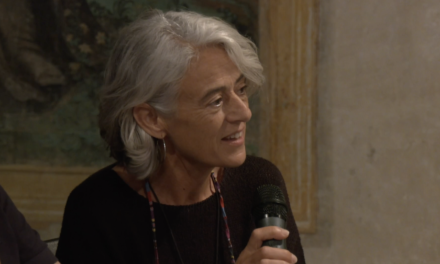7th extract | séptimo extracto
[English]
I don’t know how other people identify a building of mine; it’s something I cannot know. Maybe some buildings are recognizable, although it’s more difficult of late as there’s greater experimentation and risk-taking and the language becomes less obvious.
The experimentation, in our case, occurs in different laboratories: the landscape, the city, the construction process, working closely with Joan Guibernau. At a reduced size, when intermediation disappears and the relationship with the occupant becomes clearer. And, above all, in competitions, in which we try to evolve by seeking new sorts of formal expression. This is occurring in the scheme for the Promenade in Benidorm, in working with Xavier Martí in the search for a transitional public space between city and sea.
I’ve been lucky working in Barcelona because it’s a city that has a number of splendid qualities that make good architecture possible, something William Curtis has always said: “Barcelona is a city that produces architects who rethink things in terms of its intrinsic qualities, this being not unlike what happened in Catalonia with the Romanesque.” Premodern Barcelona with the schemes of Ildefonso Cerdà and the city planners and landscape architects of the late-19th and early-20th century, Modernisme and later GATPAC with the schemes for the Maciá Plan, Sert and Torres Clavé, then Coderch, Sostres and Grupo R, and today a host of great architects.
Working in other cities interest me enormously, but I always find myself back again with Barcelona.
–Traducción al inglés: Paul Hammond–
[Español]
No sé cómo los demás identifican una obra mía, la verdad es que yo no lo puedo saber. A lo mejor algunas son identificables, aunque últimamente es más difícil en cuanto hay mayor experimentación y riesgo y se hace menos evidente el lenguaje.
La experimentación, en nuestro caso, se produce en diferentes laboratorios: el paisaje, la ciudad, la construcción, trabajando codo a codo con Joan Guibernau. En la pequeña dimensión, cuando desaparece la intermediación y la relación con el habitante se hace más evidente. Y, sobre todo, en los concursos, en los que tratamos de evolucionar buscando nuevas formas de expresión formal. Así está sucediendo en la propuesta del paseo Marítimo de Benidorm, trabajando con Xavier Martí en la búsqueda de un espacio público de transición entre la ciudad y el mar.
He tenido suerte al trabajar en Barcelona porque es una ciudad que tiene unas condiciones espléndidas que hacen posible la buena arquitectura, algo que siempre ha dicho William Curtis: ‘Barcelona es una ciudad que produce arquitectos que vuelven a pensar desde sus condiciones intrínsecas, algo semejante a lo que sucedió en Cataluña con el románico’. La Barcelona premoderna con las propuestas de Cerdá y los urbanistas y paisajistas de finales del XIX y principios del XX, el modernismo y después el GATPAC con las propuestas del plan Maciá, Sert y Torres Clavé, después Coderch, Sostres, el Grupo R y en la actualidad un conjunto de grandes arquitectos.
.
Los siete extractos que corresponden a la conversación son:
The seven extracts from the conversation are:
01 the highest thing you could aspire to | la máxima aspiración…
02 un profesor que no he tenido | one teacher I didn’t have…
03 proyectos en pequeña escala | projects on a small scale…
04 una estructura profesional | a professional structure…
05 el estuche de un Stradivarius | the Stradivarius violin case…
06 cuando no existe el material preciso | when the precise material doesn’t exist…
07 trabajar en Barcelona | working in Barcelona…
INDEX …self Carlos Ferrater, 7 chapters extractos











